Honda's Three New Outboard Models: 4-hp, 5-hp, and 6-hp
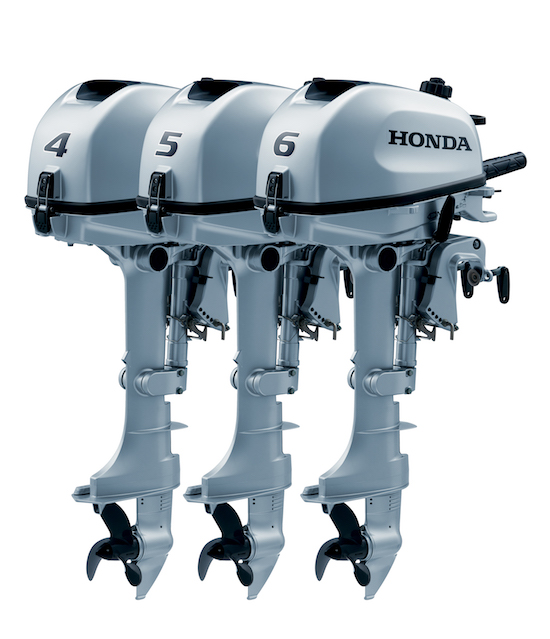
Overview
While it may be fun to take a massive 350-hp offshore and beat the heck out of it, there is something to be said for going back to old school and running around in a little tiller outboard-powered boat -- like when we were kids. Besides, there are plenty of boats with inflatables that have these very engines mounted on their transoms. So it’s stands to reason that if there’s a market, it needs to be filled.
Trade Secrets. Now Honda differs from the competition in several ways, but in this spectrum, there’s one big differentiator. Honda builds its own small engines. Yes, it also builds the larger ones, but a number of its competitors do not build the small ones. Surprise! They buy them from Tohatsu and slap their names on the side.
Why? First, there is very little profit margin in small outboard engines. Second, it’s more cost effective to have them built by one source, and, frankly, there’s been little change in the technology for small engines -- so why bother reinventing? Why, indeed.
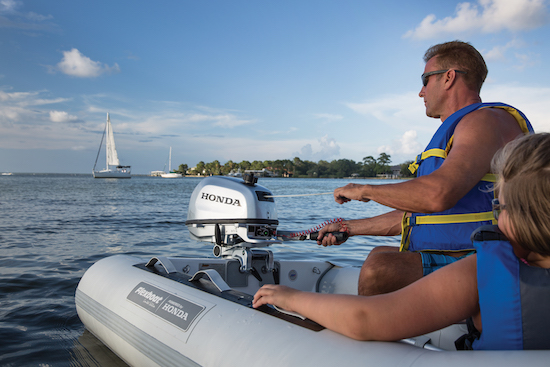
The Honda Difference. At Honda, they’ve sold more engines than anyone else -- remember many of the larger Honda engines are also used in their automobiles -- and they’ve been making outboards since the early 60’s. Settling for “good enough” evidently isn’t an option at Honda Motors.
So, Honda drew a line in the competitive sand to create, or recreate as the case may be, the portable outboard. They’re offered with 15” (38.1cm) and 20” (50.8cm) shafts. Each one weighs about 60 lbs. (27kg).
Basic Specifications. The platform for these three models is a carbureted 4-stroke, 127 cc/7.8 cu. in. with two overhead valves. It has a wet sump and a maximum tilt of 70 degrees with five tilt settings from 5-degrees to 21-degrees.
Here’s what we love about these engines…
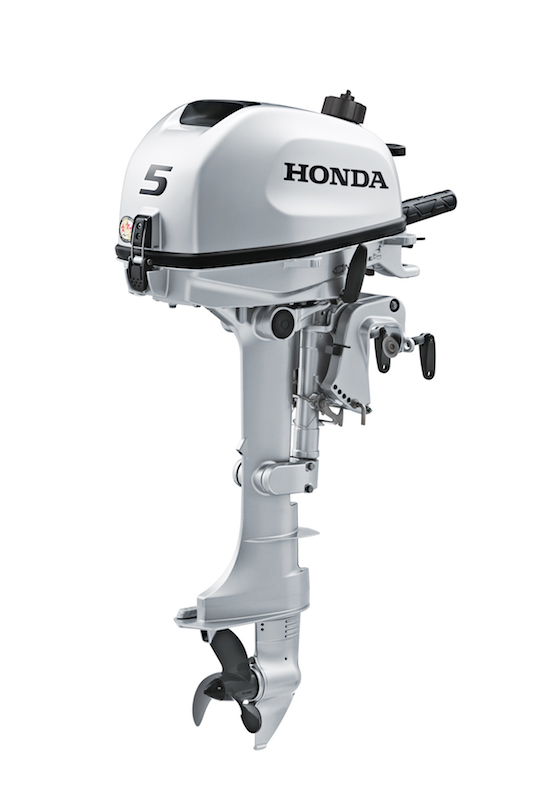
12 Things We Love About These Outboard Engines
- For starters, let’s talk starting. Gone are the days of these engines kicking back when trying to start them. That is because when these engines are shut down, the exhaust valve opens to release compression from the cylinder. With the exhaust vale open, it allows an easier pull and a more efficient start. We tried it, we verified it, and we liked it. (Let’s face it, none of our shoulders are getting any younger.)
- Shut-down procedure. It’s a single button press. Not a press and hold -- a single press. Previously, we would press the stop button, and if that button were released prematurely, then the engine would keep running. Not anymore.
- Onboard fuel. All three come with a 1.5L onboard fuel tank. The 5- and 6-hp models also offer a quick connect for an external tank. With the 4-hp, there’s a fuel on/off switch to the port side. With the 5- and 6-hp, the same switch becomes an external/internal feed switch with no “off” setting. Even with the 1.5L capacity, the 4-hp will run for about 50 minutes at full throttle.
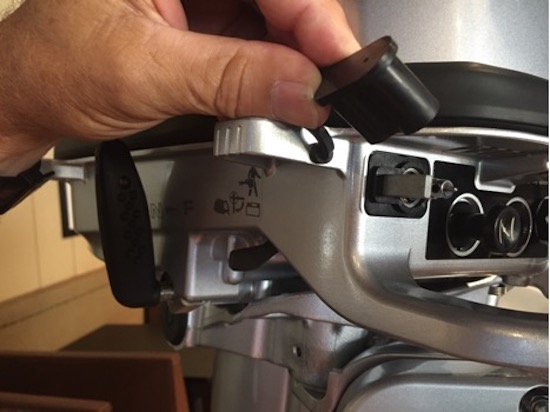
- They’re easy to store. There are two extensions on the starboard side that allow the engines to be laid down on the starboard side while keeping the shifter protected. Additionally, the tiller not only extends to the full upright position, it also lays down flat against the engine.
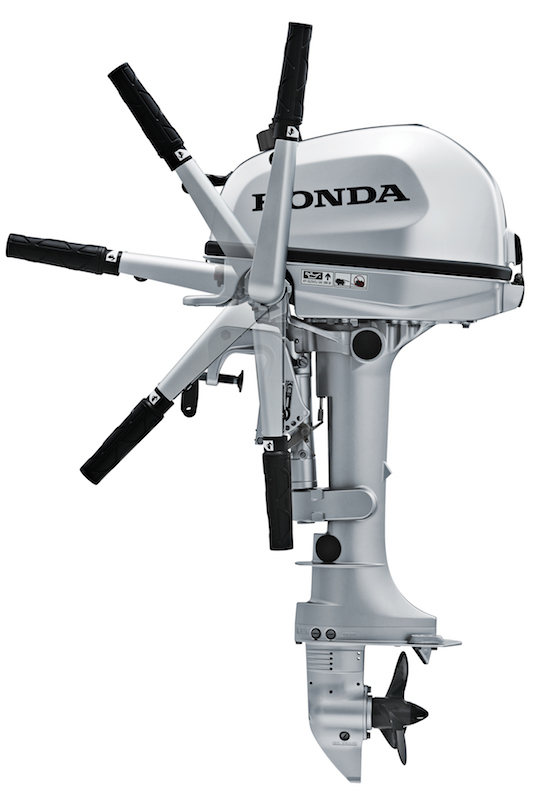
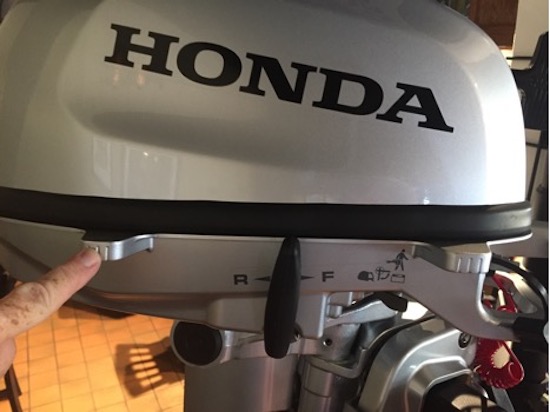
- There’s less fatigue when operating these engines. The days of the hand getting vibrated to death on the tiller are now gone for two reasons. Firstly, the engines are fixed to the mounting bracket with rubber shock-absorbing engine mounts. Secondly, and this is a biggie, the tiller is mounted separately from the engine. So while the engine vibrates, the tiller does not. Much more comfortable and a huge leap ahead for the small engine market.
- There’s no kick-up in reverse. When the engine is shifted into reverse, there’s a lock that drops down in the tilt mechanics that keeps the engine in place. In this manner, full speed reversing is possible without the engine kicking up from the torque.
- The tillers have throttle friction adjustment. While this may not seem like a big deal to some, for those that operate with these engines on a sailboat, it’s a godsend. Now the engine can be run at speed with the boat’s rudder doing the steering with no worry about losing rpms. In fact, there’s also a steering tension adjustment so that can be used in “set it and forget it” mode.
- They can be trimmed for shallow water. There are three trim steps that function much like the chaise lounge in our backyards. Lift to a click position and lift again to a higher position. Release to bring it back down. Additionally, to find the correct running trim angle, there are five fixed trim positions to allow for optimum running angle.

- They’re easy to flush and winterize. At the bottom of the skeg is an oil drain and a flush port. Just screw a fitting into the flush port and then attach a garden hose, and run both the water and the engine for a fresh water flush out. Also, while we all run the engine dry of gas, there’s always a little left at the bottom of the carburetor. Now, we can just loosen a screw and allow the fuel to drain out. There’s even a fitting to attach a small hose to, so we can collect this last bit of fuel.
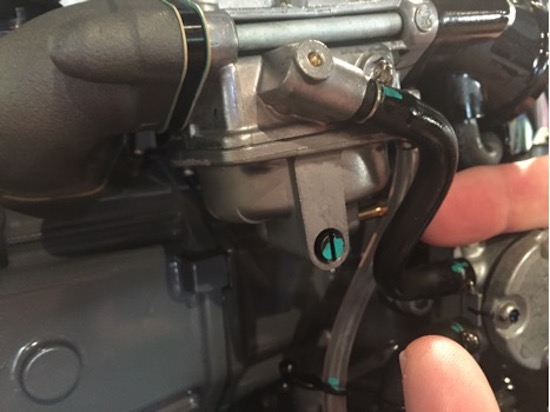
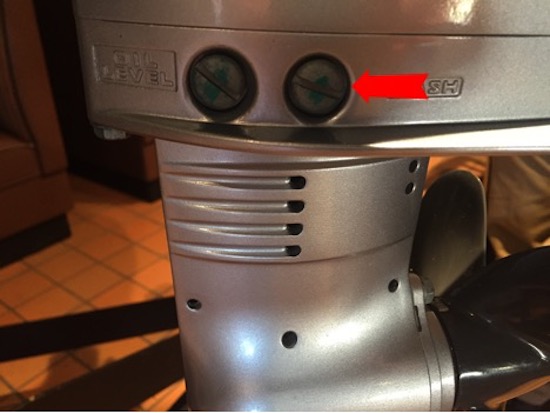
- 6-Amps of charging. We’ve seen plenty of small launches that have electrical systems. Nav lights, a stereo, etc. all take electricity. That means a battery needs to be charged. Available as an option, a 6-amp charging system keeps all these items running.
- The prop is shear-pinned for protection. Ooops, ran it into shallow water? No problem. The prop is attached with a shear pin that protects the prop. Need a replacement in a hurry? It’s right inside the motor mount along with a cotter pin.

- Alerts. Double alerts protect the engine. A low oil alert combined with an RPM reduction feature protects the engine and increases reliability.
Observations
It’s great that we can look at an engine this small and be impressed with the technology and thoughtful touches that went into it. Especially when we think about how basic these engines used to be.
Not only are these three small Honda outboards made with the same level of attention as the larger models, they get the same treatments for corrosion protection. This, along with the quality of build, makes them easy for the company to stand behind them with a 5-year factory backed, non non-declining warranty.